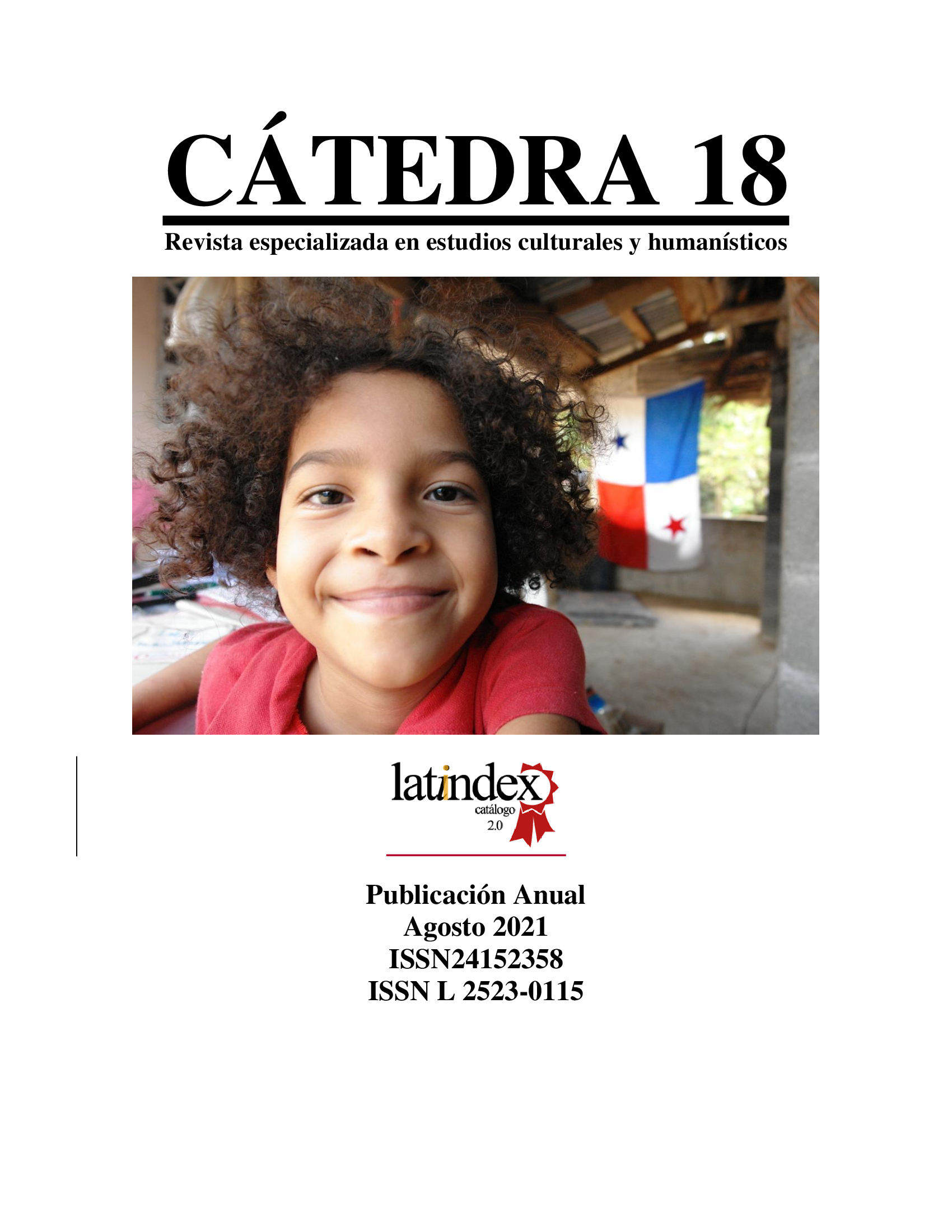

This article addresses the issue of water for human consumption in two indigenous Costa Rican territories: Ujarrás and Salitre. The start point is a theoretical framework elaborated from political ecology. Regarding the methodology, a perspective of ecology of knowledge or epistemologies of the south is adopted and in correspondence with this, the research techniques used were social drawing and collective life stories. Water supply problems are shown, especially those related to accentuated water shortages in summer, limited coverage of drinking water, as well as rationing measures. Different ways of supplying are illustrated, from family or individual to the most institutionalized. The context of these problems is mainly deforestation, which has to do with the enthronement of the non-indigenous economy in those territories. Hence the issue of water production and distribution can finally be read from a political ecology point of view. This perspective, which can be called theoretical, is being said or expressed in indigenous language through drawings that, without many technicalities, manage to manifest pain and social denunciation. It is a meeting of knowledge.